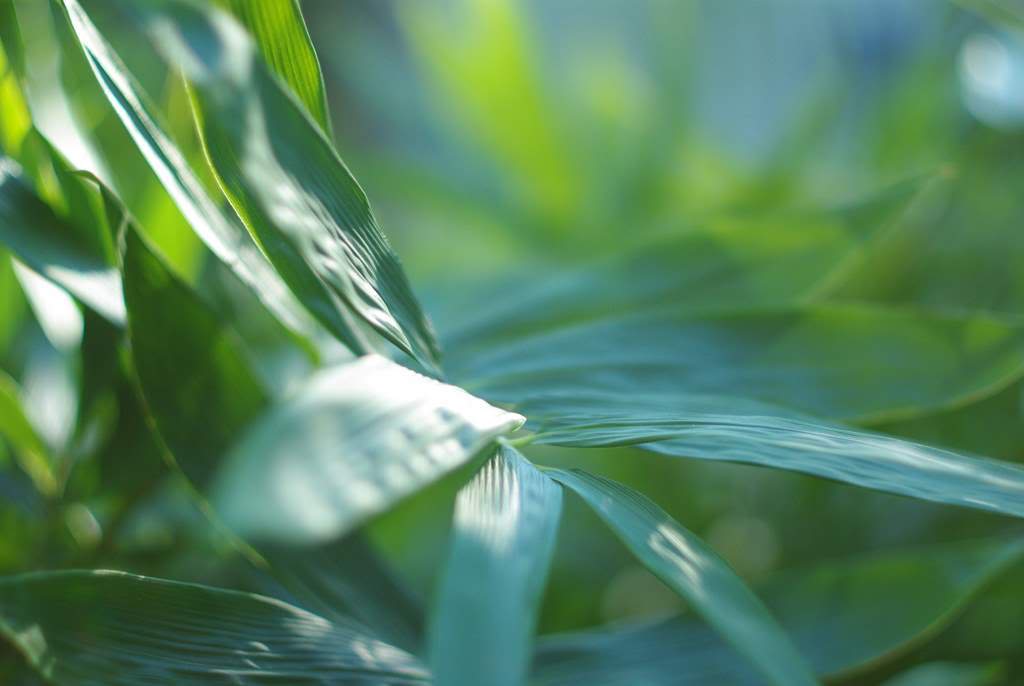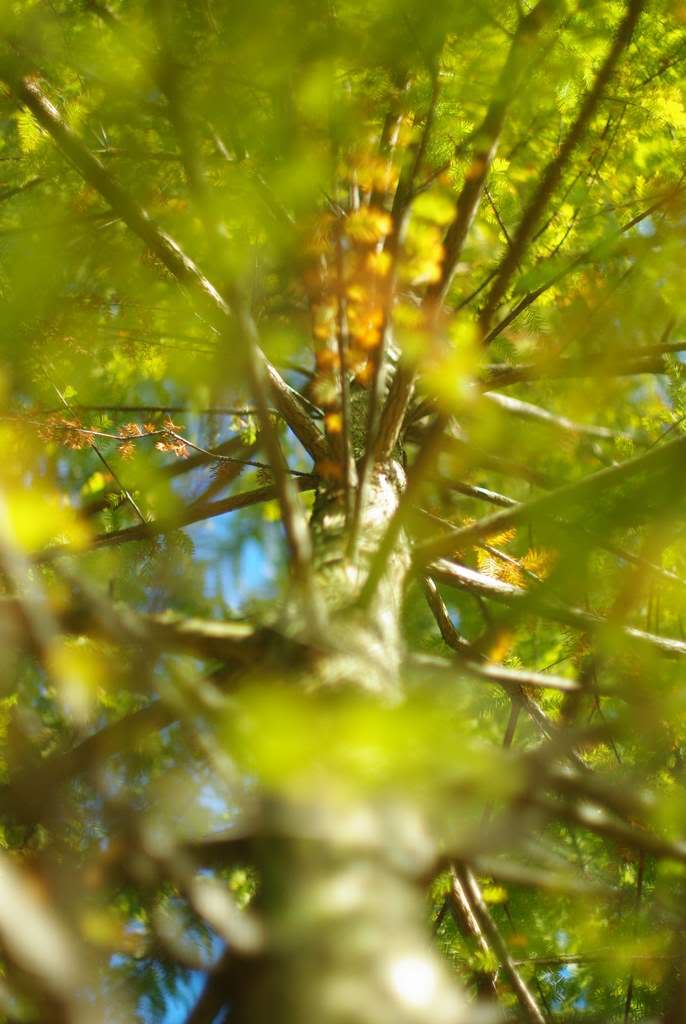I've been trying to remind myself to get out there earlier, while there was still plenty of light. Yesterday I finally remembered, and got a taste of the late afternoon sunshine.
Bamboo looks great in this type of light, especially with the culms and branches arching overhead.
Most of the time I go to great lengths to keep the sunlight from shining directly into the camera lens, as it will produce flaring, glows, and other usually unwanted artifacts.
Sometimes though the flares and glows really add a special element to a photo. For one thing, they really let you know what time of day it is. Seeing the sun at that angle, with that "getting close to sunset" color, you can't help but understand that it's late in the day. Those sunlight/lens interaction artifacts also let you know that you're looking almost directly into the sun (ack! Don't look directly into the sun!) which is something we have to deal with almost all the time (anybody who has to drive westward on their way home from work knows this). Finally, those flares and glows can be quite attractive and really add something to a photo.
For instance, here's a shot of bamboo (Semiarundinaria okuboi) in which I'm holding my hand to shade the lens:
Here's the same shot in which I removed my hand and let the sunlight hit the lens:
Yes the first one is clearer and has darker tones, but the second one somehow feels more like you're actually standing next to the plant, trying to keep the sun out of your eyes. It's a bit more dramatic. I'm not saying it's better or worse, but it might be considering what you want the photo to do.
Bamboo is not the only plant that caught my eye in the sunlight this afternoon:
The branches of my bald cypress really catch the light, and the tree's great branching pattern is revealed with the sunlight coming in at this angle:
It's such a beautiful tree! I'll have to dedicate a post to this tree very soon, before it drops all of its delicate leaves.
Finally, although I've recently posted about my ornamental grasses, I just had to include this photo, as the backlit fuzzy tufts were like torches against the approaching shade:
Notice the nice hexagonal flares, and that they can tell you how many elements your lens iris has (6 in this case).
I should point out that it's possible to get too carried away with this "sunlight in the lens" thing:
The idea is to give the viewer a sense of looking into the sunlight, not a sense of actually standing on the sun's surface!











No comments:
Post a Comment